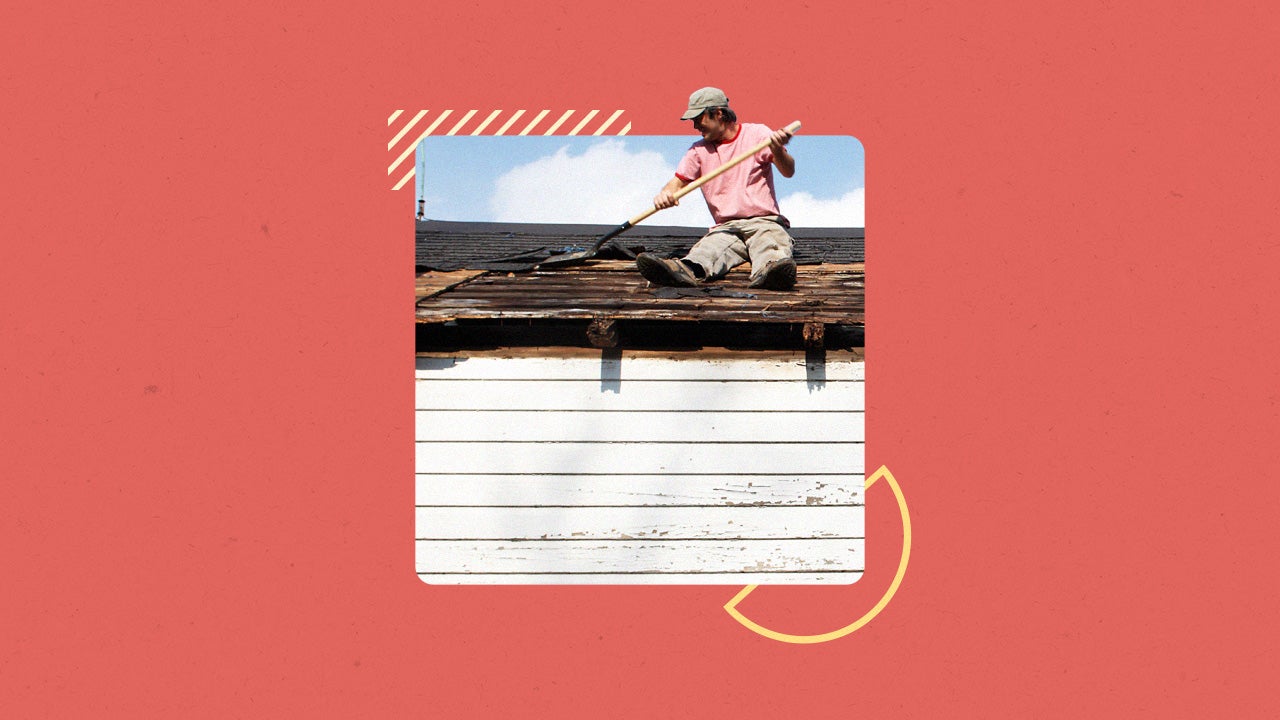Rental assistance: What you need to know

When COVID-19 swept across the country, forcing businesses to close or lay off employees, many people had a hard time keeping up with rent. If you are still behind, you’re not alone — but you’re not out of luck. While forbearance programs and the moratorium on evictions has expired, many states and cities still have federal rental assistance funds left.
The federal government issued two rounds of rental assistance funds to be claimed and dispersed by local authorities. On top of that, your state may also offer its own rental assistance programs to help both tenants and landlords. Read on to learn about how rental assistance works and whether you may qualify for this type of financial relief.
What is rental assistance?
Rental assistance is a type of government funding that helps tenants pay their overdue rent and stay in their homes. According to the Consumer Financial Protection Bureau (CFPB), rental assistance may also cover:
- Utilities and other home energy costs
- Reasonable late fees that are not already included in your rental debt
- Security deposits on a new property
- Internet services costs
Renters are allowed to apply for help with up to the equivalent of 18 months of back rent. If you do apply for and receive rental assistance, you must use it first towards any outstanding payments before you use it for future rent or related costs. Some local programs may also have programs that offer help with rent up to three months in the future.
It’s also important to note that you don’t have to have signed a formal lease to qualify for rental assistance money. If you have any sort of rental agreement it’s worth applying for one of these programs. Rental assistance applies to any type of home, from apartments to houses to mobile homes.
What rental assistance programs are available?
The U.S. Treasury approved two rounds of Emergency Rental Assistance (ERA) during the height of the pandemic. The first round of assistance, called ERA1, consisted of about $25 billion paid directly to states and Washington, D.C. Money was also available to certain U.S. territories, including Guam and Puerto Rico. Most of these funds are set to expire on Sept. 30, 2022.
The second round of rental assistance, aptly called ERA2, allocates $21.5 billion directly to states and territories. Part of the American Rescue Plan, these funds won’t expire until 2025. However, some places — especially larger cities with a lot of applicants — may run out of money before that time.
If you want to know where things stand in your community regarding ERA funds, the National Low Income Housing Coalition (NLIHC) offers a search tool for cities and counties. It outlines each program by state and whether or not the program is still accepting applications. According to the NLIHC, about $11.4 billion, roughly half the allocation, has been spent as of September 2022.
In addition to the federal aid, many cities and states have their own money set aside for rental assistance. Some of these programs even pre-date the pandemic.
Who is eligible for rental assistance?
Since federal rental assistance money was given directly to the states to be dispersed, your state or local government will have its own application process. Any local-specific rent relief may have its own rules. That being said, there are some basic criteria you’ll need to meet in most cases.
In order to get approved for rental assistance, your household must typically be able to prove:
- Someone who lives at the rented home either received unemployment benefits or qualified for them, has recently lost income, and/or has other financial hardships.
- An income below a certain level. Income requirements vary by state, so you’ll want to check local thresholds.
- At least one member of your household could become homeless or have trouble finding new housing if rental assistance is not provided.
In order to apply for rental assistance, go to your city, county or state’s website. The NLIHC resource above provides easy links for local assistance programs where you can apply.
What to do if you need rental assistance
If you are behind on your rent or about to miss a payment, you should act immediately. The first thing to do is remain in contact with your landlord and let them know you will be seeking financial relief. They should be informed a) because you may need information from them to apply and b) the disbursements may be going to them directly.
Next, search for federal funds available in your city and look into local programs. In addition to the NLIHC list of rental assistance, the CFPB has a rental assistance finder where you can search for funds by state or tribal land.
As Jennifer Spinelli, founder and CEO of Denver’s Watson Buys explains, you want to make sure you set yourself up to be approved for rental assistance. “Make sure you understand the eligibility requirements and document everything required upfront,” she says. “Incomplete or inaccurate applications are often automatically rejected. Be prepared to provide documentation of your need for assistance. This may include proof of income, bank statements, and rental agreements.”
Spinelli says common application mistakes include submitting an incomplete form or stretching the truth as to your income or rent rates. Don’t do it: If you’re caught, a lie will result in an automatic rejection.
While you wait for your rental assistance application to go through, you may want to consider an emergency loan to cover your day-to-day costs or pay bills. These “easy loans” may come with high interest rates, so consider them a short-term solution to keep a roof over your head, and try to pay them off as soon as you get on a more secure financial footing.






